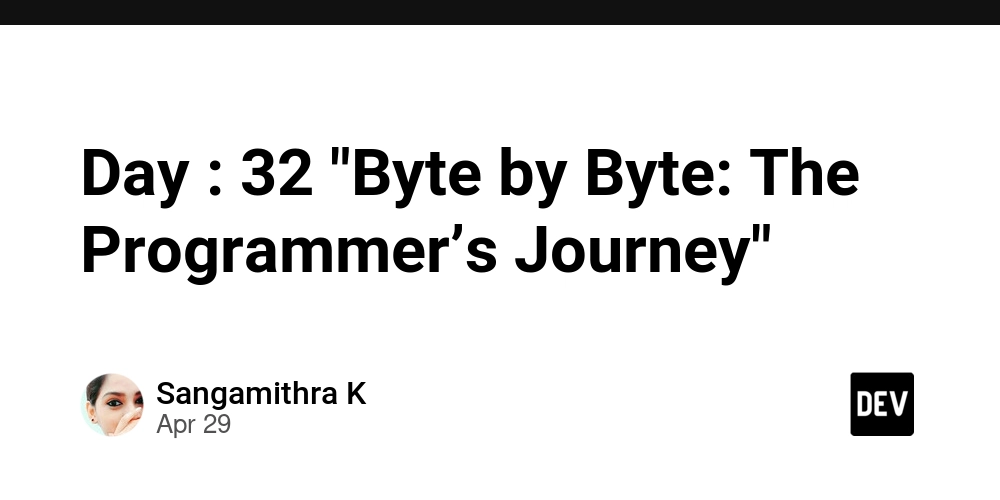Made in India: How Indian Chatbot Developers are Leading the AI Wave
In the dynamic world of Artificial Intelligence (AI), India is emerging as a powerhouse, particularly in the domain of chatbot development. What was once considered a back-office hub for global IT companies has now transformed into a crucible of innovation, with Indian developers, startups, and enterprises pioneering solutions that are shaping the future of human-computer interaction. From customer support automation to conversational commerce, Indian chatbot developers are not only catching up but leading the global AI wave. The Rise of Conversational AI in India The chatbot market in India has grown exponentially over the past decade. With a large pool of tech-savvy talent, government-backed digital initiatives like Digital India, and a rapidly expanding startup ecosystem, the country has become fertile ground for AI innovation. Indian businesses—ranging from banking and healthcare to retail and education—are adopting chatbots to reduce operational costs, increase efficiency, and improve customer engagement. This surge in demand has catalyzed the growth of local chatbot development firms and tech entrepreneurs eager to solve real-world problems using conversational AI. Key Drivers of Growth 1. Affordable and Skilled Talent Pool India boasts one of the largest numbers of software engineers globally. With increasing specialization in natural language processing (NLP), machine learning (ML), and data science, Indian developers are building state-of-the-art chatbots that rival those from Silicon Valley. 2. Multilingual Capabilities India is a linguistically diverse country, and Indian developers have successfully built chatbots that understand and converse in multiple Indian languages such as Hindi, Tamil, Bengali, and Marathi. This linguistic edge positions India as a leader in building localized conversational AI solutions for both domestic and international markets. 3. Startup Ecosystem and Investment Major tech hubs like Bangalore, Mumbai, Hyderabad, and Pune have become breeding grounds for chatbot innovation. Companies like Ezeelive Technologies, Yellow.ai, Haptik (acquired by Reliance Jio), and Gupshup have gained international recognition for their cutting-edge chatbot platforms. 4. Integration with Popular Messaging Platforms Indian chatbot developers have seamlessly integrated bots with WhatsApp, Facebook Messenger, Telegram, and regional messaging platforms. This makes chatbot solutions highly accessible to a wide range of users, especially in rural and semi-urban areas. Notable Indian Chatbot Companies Leading the Charge Ezeelive Technologies Headquartered in Mumbai, Ezeelive Technologies has positioned itself as a leader in intelligent chatbot development. With a focus on Generative AI and enterprise-grade solutions, Ezeelive empowers businesses with chatbots capable of handling complex queries, automating workflows, and delivering personalized user experiences. Haptik A pioneer in the Indian chatbot space, Haptik focuses on AI-powered customer support and has served industries ranging from telecom to e-commerce. Their acquisition by Reliance Jio gave them a significant boost in reach and resources. Yellow.ai Formerly known as Yellow Messenger, Yellow.ai offers AI-driven chat and voice bots that serve enterprise clients globally. Their platform supports over 135 languages and enables hyper-automation through conversational interfaces. Gupshup Known for its messaging APIs, Gupshup also provides robust chatbot building capabilities. It enables businesses to develop conversational experiences across multiple platforms and industries, including BFSI, retail, and hospitality. Applications Across Industries Banking & Finance: AI chatbots are helping banks automate KYC, loan processing, and customer service. Healthcare: Virtual health assistants and appointment bots are improving patient experience and reducing administrative burden. E-commerce: Chatbots assist in product discovery, order tracking, and customer support. Education: EdTech companies use bots for student onboarding, FAQs, and personalized tutoring. Government Services: Several state governments use chatbots for grievance redressal, COVID-19 support, and citizen services. Challenges and the Road Ahead Despite the rapid growth, Indian chatbot developers face challenges such as data privacy concerns, the need for more robust AI regulation, and the integration of chatbots into legacy systems. However, advancements in generative AI, deep learning, and voice recognition are helping overcome these hurdles. With ongoing innovation, collaborations with global tech giants, and increasing domestic demand, Indian chatbot developers are poised to play a central role in the global AI revolution. Conclusion “Made in India” is no longer just a label—it’s a mark of innovation, scalability, and impact. Indian chatbot developers are not only keeping pace with global trends bu
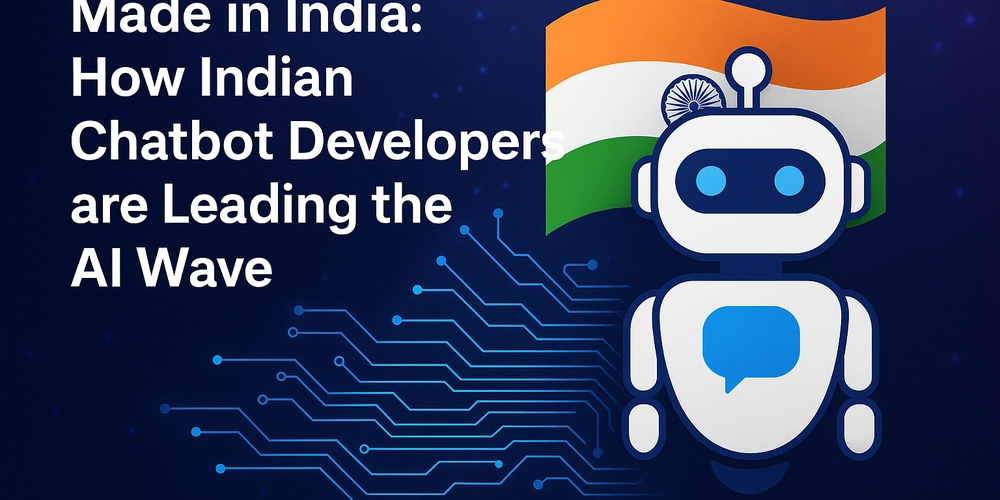
In the dynamic world of Artificial Intelligence (AI), India is emerging as a powerhouse, particularly in the domain of chatbot development. What was once considered a back-office hub for global IT companies has now transformed into a crucible of innovation, with Indian developers, startups, and enterprises pioneering solutions that are shaping the future of human-computer interaction. From customer support automation to conversational commerce, Indian chatbot developers are not only catching up but leading the global AI wave.
The Rise of Conversational AI in India
The chatbot market in India has grown exponentially over the past decade. With a large pool of tech-savvy talent, government-backed digital initiatives like Digital India, and a rapidly expanding startup ecosystem, the country has become fertile ground for AI innovation.
Indian businesses—ranging from banking and healthcare to retail and education—are adopting chatbots to reduce operational costs, increase efficiency, and improve customer engagement. This surge in demand has catalyzed the growth of local chatbot development firms and tech entrepreneurs eager to solve real-world problems using conversational AI.
Key Drivers of Growth
1. Affordable and Skilled Talent Pool
India boasts one of the largest numbers of software engineers globally. With increasing specialization in natural language processing (NLP), machine learning (ML), and data science, Indian developers are building state-of-the-art chatbots that rival those from Silicon Valley.
2. Multilingual Capabilities
India is a linguistically diverse country, and Indian developers have successfully built chatbots that understand and converse in multiple Indian languages such as Hindi, Tamil, Bengali, and Marathi. This linguistic edge positions India as a leader in building localized conversational AI solutions for both domestic and international markets.
3. Startup Ecosystem and Investment
Major tech hubs like Bangalore, Mumbai, Hyderabad, and Pune have become breeding grounds for chatbot innovation. Companies like Ezeelive Technologies, Yellow.ai, Haptik (acquired by Reliance Jio), and Gupshup have gained international recognition for their cutting-edge chatbot platforms.
4. Integration with Popular Messaging Platforms
Indian chatbot developers have seamlessly integrated bots with WhatsApp, Facebook Messenger, Telegram, and regional messaging platforms. This makes chatbot solutions highly accessible to a wide range of users, especially in rural and semi-urban areas.
Notable Indian Chatbot Companies Leading the Charge
Ezeelive Technologies
Headquartered in Mumbai, Ezeelive Technologies has positioned itself as a leader in intelligent chatbot development. With a focus on Generative AI and enterprise-grade solutions, Ezeelive empowers businesses with chatbots capable of handling complex queries, automating workflows, and delivering personalized user experiences.
Haptik
A pioneer in the Indian chatbot space, Haptik focuses on AI-powered customer support and has served industries ranging from telecom to e-commerce. Their acquisition by Reliance Jio gave them a significant boost in reach and resources.
Yellow.ai
Formerly known as Yellow Messenger, Yellow.ai offers AI-driven chat and voice bots that serve enterprise clients globally. Their platform supports over 135 languages and enables hyper-automation through conversational interfaces.
Gupshup
Known for its messaging APIs, Gupshup also provides robust chatbot building capabilities. It enables businesses to develop conversational experiences across multiple platforms and industries, including BFSI, retail, and hospitality.
Applications Across Industries
Banking & Finance: AI chatbots are helping banks automate KYC, loan processing, and customer service.
Healthcare: Virtual health assistants and appointment bots are improving patient experience and reducing administrative burden.
E-commerce: Chatbots assist in product discovery, order tracking, and customer support.
Education: EdTech companies use bots for student onboarding, FAQs, and personalized tutoring.
Government Services: Several state governments use chatbots for grievance redressal, COVID-19 support, and citizen services.
Challenges and the Road Ahead
Despite the rapid growth, Indian chatbot developers face challenges such as data privacy concerns, the need for more robust AI regulation, and the integration of chatbots into legacy systems. However, advancements in generative AI, deep learning, and voice recognition are helping overcome these hurdles.
With ongoing innovation, collaborations with global tech giants, and increasing domestic demand, Indian chatbot developers are poised to play a central role in the global AI revolution.
Conclusion
“Made in India” is no longer just a label—it’s a mark of innovation, scalability, and impact. Indian chatbot developers are not only keeping pace with global trends but are actively shaping them. By harnessing the power of conversational AI, they are creating intelligent, inclusive, and transformative solutions that are redefining how businesses interact with customers. As India continues its journey to becoming a digital superpower, its chatbot ecosystem will undoubtedly be a key driver of that transformation.





































































































































































![[The AI Show Episode 145]: OpenAI Releases o3 and o4-mini, AI Is Causing “Quiet Layoffs,” Executive Order on Youth AI Education & GPT-4o’s Controversial Update](https://www.marketingaiinstitute.com/hubfs/ep%20145%20cover.png)













































































































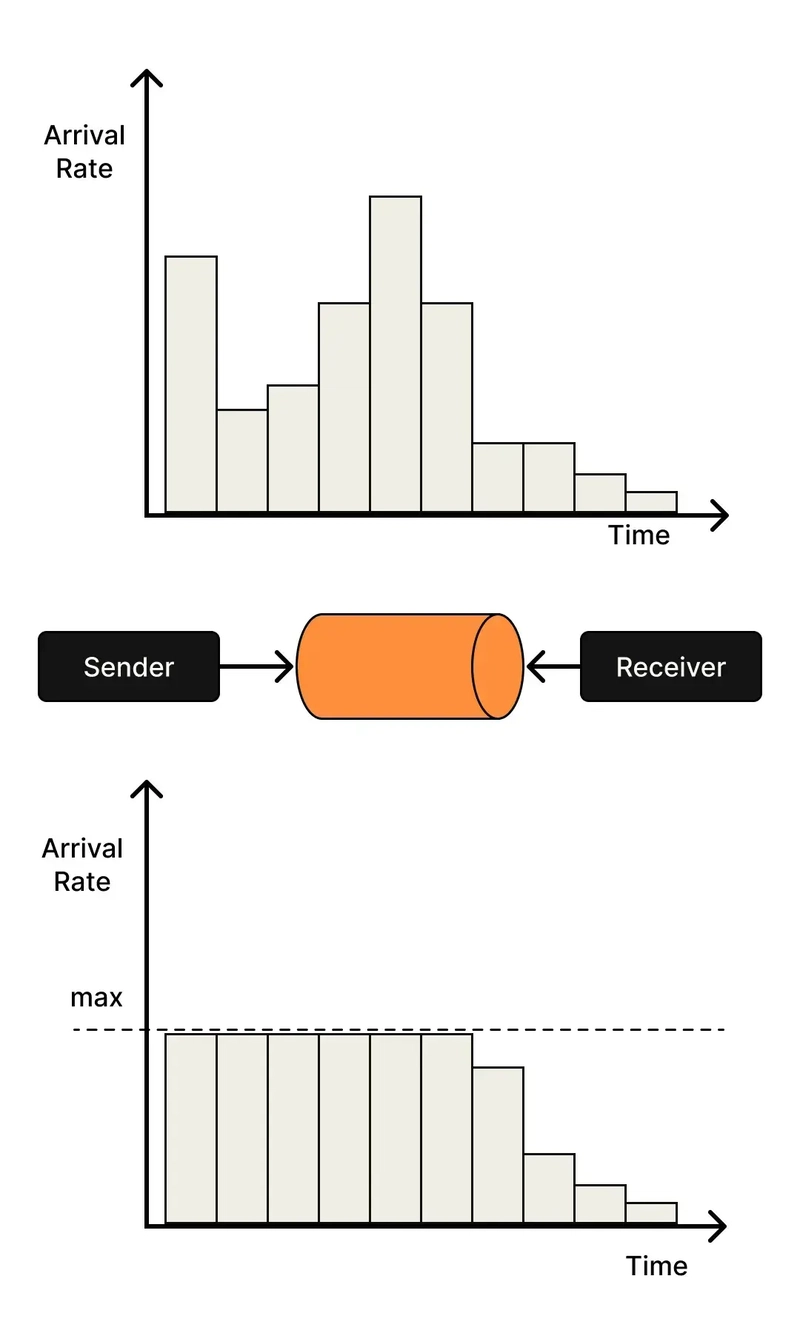













![[DEALS] Microsoft 365: 1-Year Subscription (Family/Up to 6 Users) (23% off) & Other Deals Up To 98% Off – Offers End Soon!](https://www.javacodegeeks.com/wp-content/uploads/2012/12/jcg-logo.jpg)




![From Art School Drop-out to Microsoft Engineer with Shashi Lo [Podcast #170]](https://cdn.hashnode.com/res/hashnode/image/upload/v1746203291209/439bf16b-c820-4fe8-b69e-94d80533b2df.png?#)

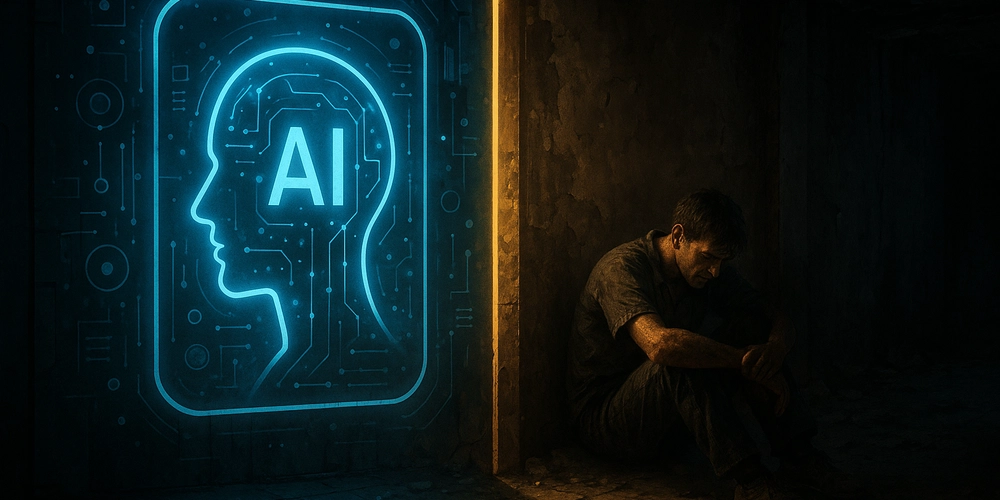



















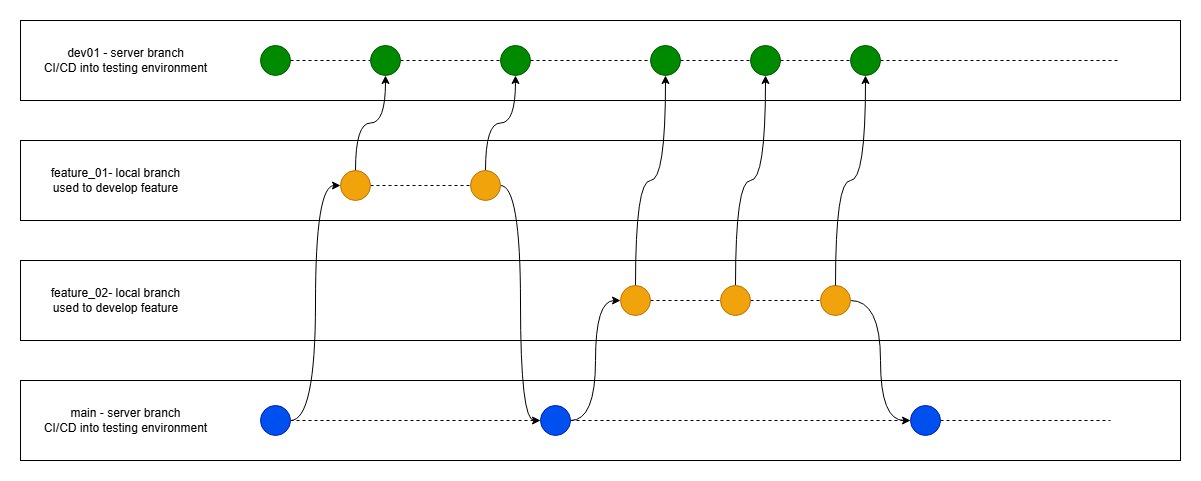




















































































(1).jpg?#)































_Inge_Johnsson-Alamy.jpg?width=1280&auto=webp&quality=80&disable=upscale#)















































































































![New Apple iPad mini 7 On Sale for $399! [Lowest Price Ever]](https://www.iclarified.com/images/news/96096/96096/96096-640.jpg)
![Apple to Split iPhone Launches Across Fall and Spring in Major Shakeup [Report]](https://www.iclarified.com/images/news/97211/97211/97211-640.jpg)
![Apple to Move Camera to Top Left, Hide Face ID Under Display in iPhone 18 Pro Redesign [Report]](https://www.iclarified.com/images/news/97212/97212/97212-640.jpg)
![Apple Developing Battery Case for iPhone 17 Air Amid Battery Life Concerns [Report]](https://www.iclarified.com/images/news/97208/97208/97208-640.jpg)



































































































